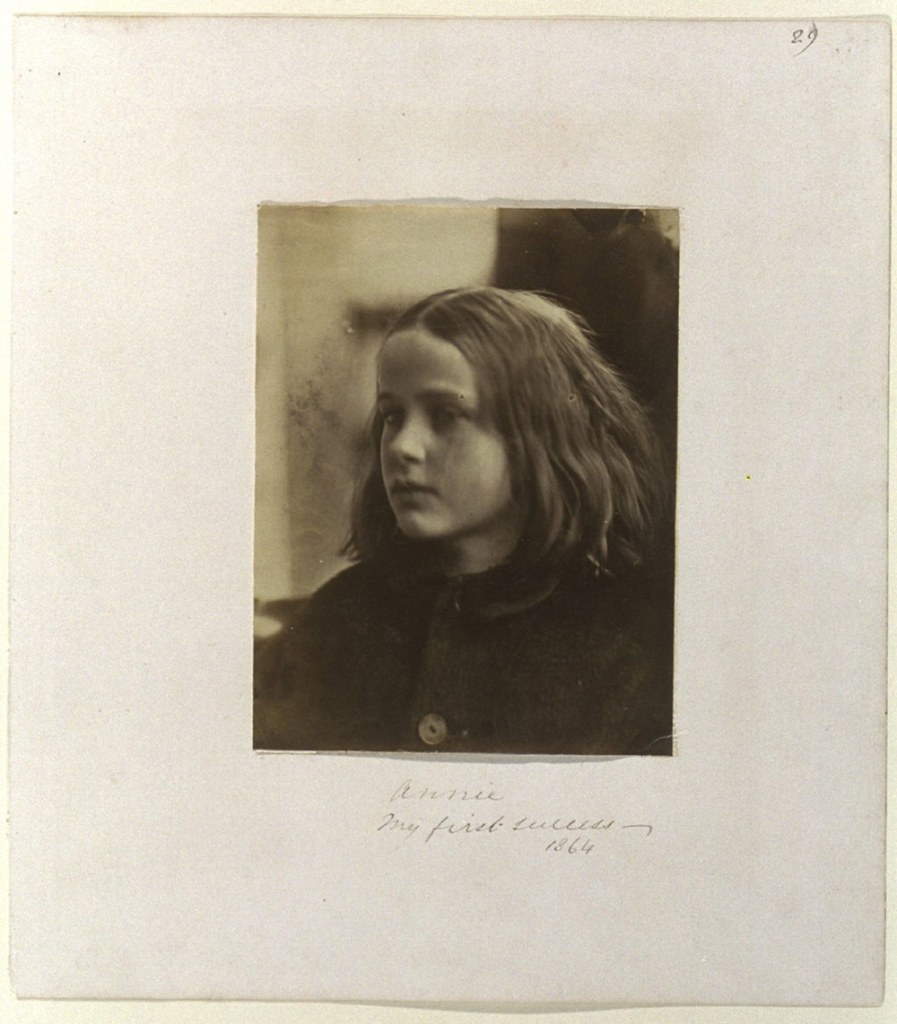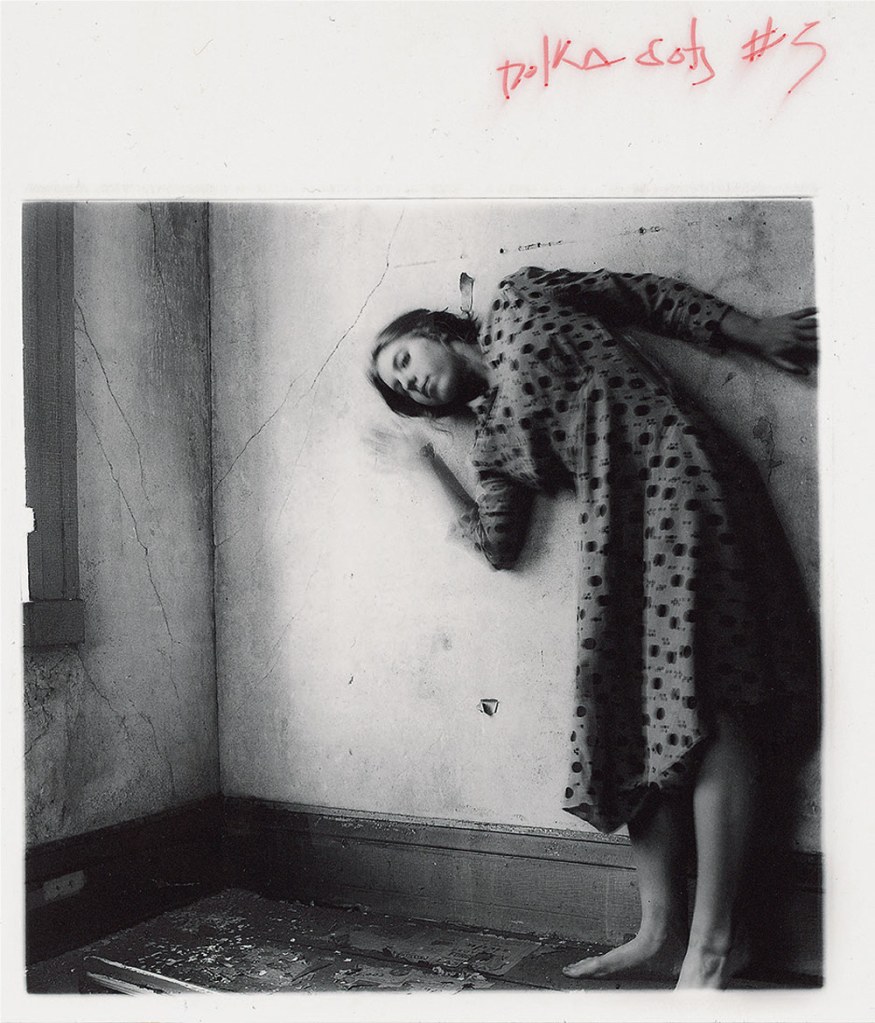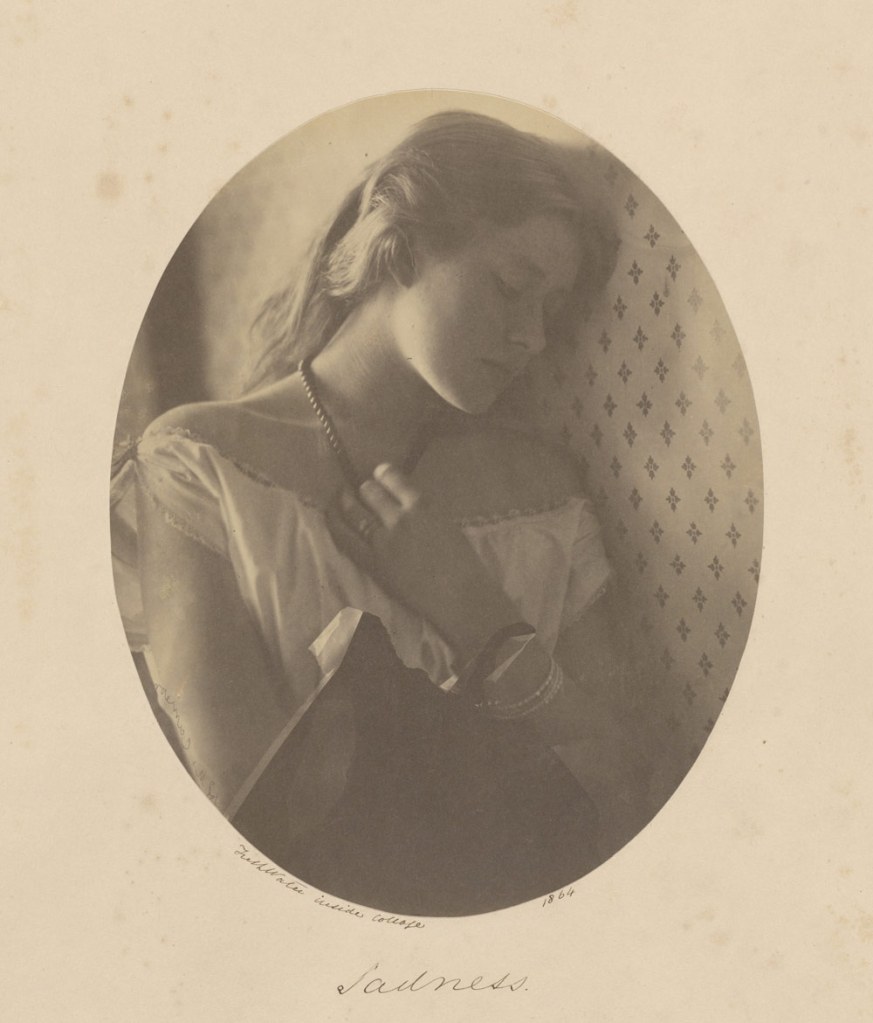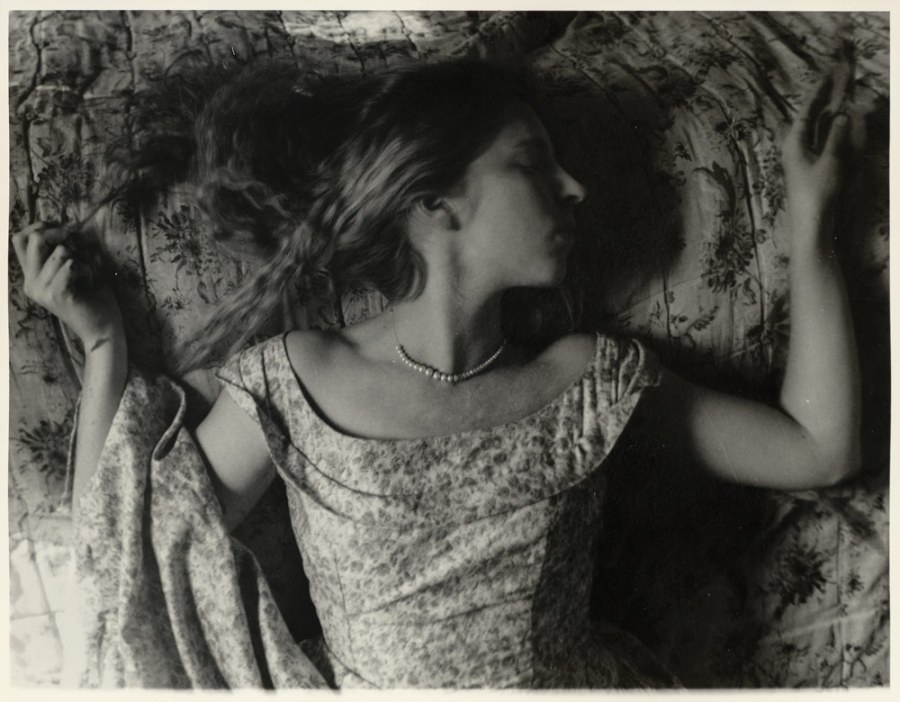When it comes to improving your portrait photography, there is plenty to learn from the greats – as photographers we are always standing on the shoulders of the giants who’ve gone before.
Portraits to Dream In, a forthcoming exhibition at the National Portrait Gallery, will feature the work of two of the greatest and most influential women photographers, the Victorian-era Julia Margaret Cameron and Francesca Woodman, who died tragically young in 1981, aged 22.
Julia Margaret Cameron
Julia Margaret Cameron was a total master of her craft, and her remarkable, evocative images have really stood the test of time. Some look like they were taken yesterday, such is the interest in older photographic techniques, particularly from practitioners at the fine-art end of the spectrum.
Cameron (1815-1879) is chiefly famed for her portraits of Victorian celebrities, including Charles Darwin and the pioneering astronomer John Herschel, but she also took some wonderfully executed and sensitive images of children and family members.
Strongly influenced by medieval art, which was very much in vogue at the time, she nevertheless was an entirely original artist, who made a massive contribution to the standing of photography in the UK, as well as clearing a path for other women photographers to follow.
Francesca Woodman
Francesca Woodman (1958-1981), hailed from a middle-class American background and become interested in photography as a teenager. She mainly worked with medium format cameras and had a tremendous work ethic, producing over 10,000 negatives in her short creative career.
Her attempts to gain recognition as a photographer in New York City did not get very far, however; disappointment over this, and the end of a relationship, led to her eventual suicide. Since Woodman’s untimely death, her reputation and influence have got stronger and stronger, and it’s very fitting that her beautifully enigmatic, ambiguous images are being displayed alongside those of Julia Margaret Cameron.
Cameron and Woodman: a strong creative connection
As the National Portrait Gallery neatly puts it: ‘both artists explored portraiture beyond its ability to record appearance – using their own creativity and imagination to suggest notions of beauty, symbolism, transformation and storytelling.’
While working in very different times, the exhibition will also reveal the similarities of approach and subject matter.
‘Portraits to Dream In’ will feature over 160 works by the artists, and we urge anyone able to get to London to attend. It runs from March 21st to June 16th. Full details can be found here.
In the meantime, enjoy some of the Cameron and Woodman’s images below, which also reveal some interesting connections between the two artists. They also get you thinking about your approach to your own portrait work.










Further reading
Best women photographers: an alternative history of photography
Top female photographers to follow








